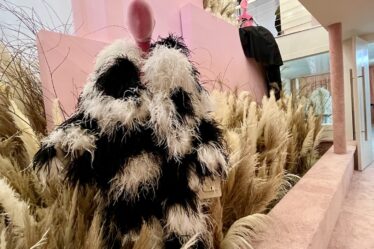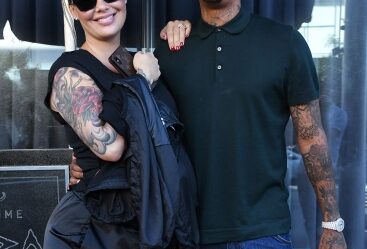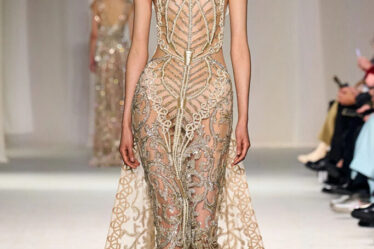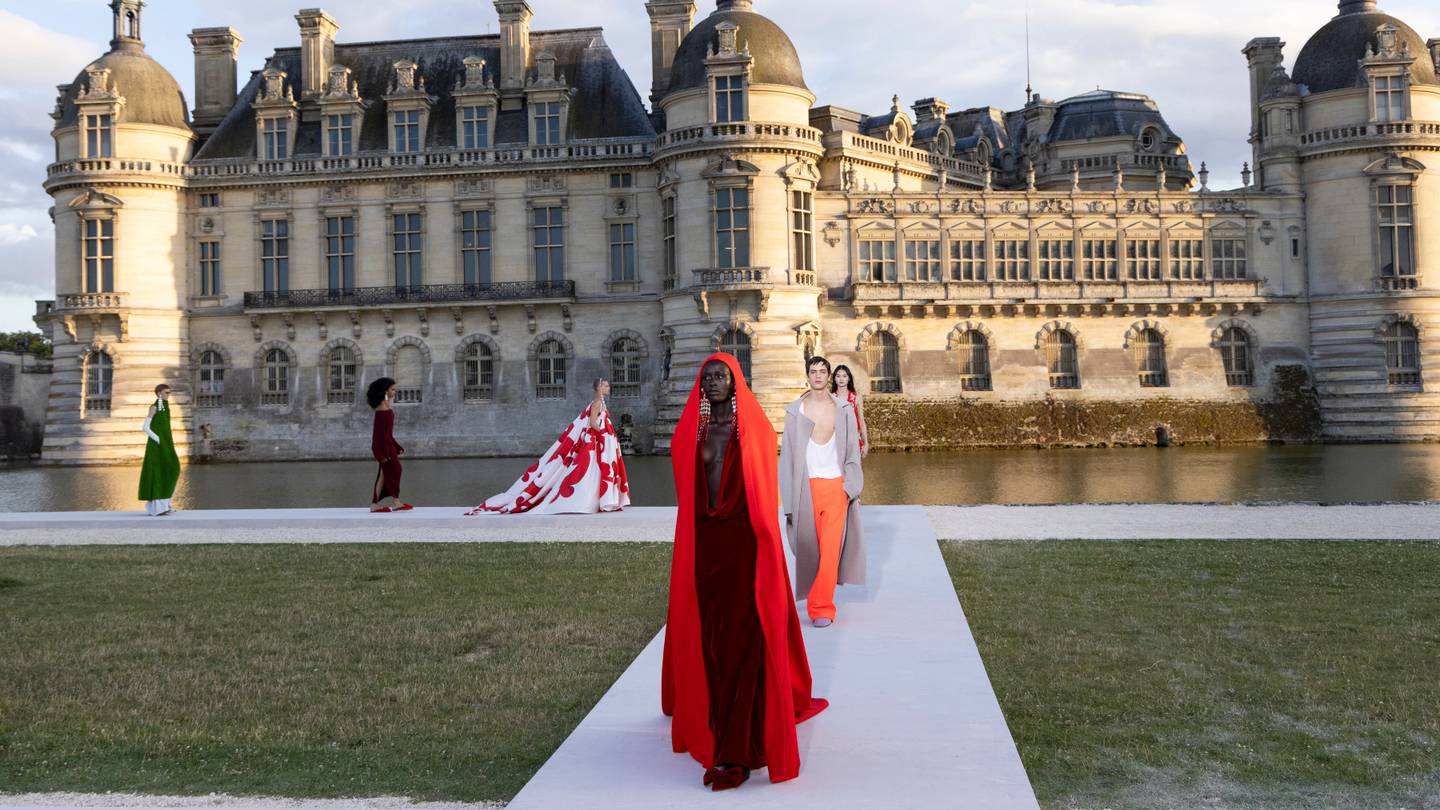
Earlier this week, the market braced for dim news from Kering’s first-half results: Reports of falling US sales at LVMH bore worrying signs for its smaller rival, which had leaned heavily into the market over the past two years, and where sluggish momentum at flagship brand Gucci showed few signs of turning around.
In the end, an unexpected tie-up with Qatari fund Mayhoola that will see Kering acquire 30 percent of Valentino stole the spotlight: The French luxury giant will pay €1.7 billion ($1.9 billion) for the stake, with an option to buy 100 percent of the Italian couture house by 2028. Meanwhile, Mayhoola, which also owns Balmain and Pal Zileri, could end up becoming an investor in Kering as part of a broader partnership, the group said.
Markets responded as well as could be expected: Kering’s shares were down 2 percent Friday afternoon, a relatively muted response to flat sales at Gucci and a 23 percent drop in group revenue in the US (compared to 1-2 percent declines at LVMH, Prada and Richemont).
In a two-hour call Thursday, analysts grilled Kering — which is fending off pressure over its sluggish growth from activist investor Bluebell — on the rationale for the deal, as well as a recent executive shakeup and the status of Gucci’s turnaround push.
The deal opens up new opportunities for the French group, whose flagship brand was in swatting distance of overtaking Louis Vuitton just a few years ago, but has fallen far behind since the pandemic. It also opens fresh questions about plans for the future structure of Kering, Mayhoola and Valentino — and what that could mean for the fashion industry.
Why Is Kering Interested in Valentino?
A minority stake in Valentino (whose 2022 sales equalled €1.4 billion) will hardly move the needle for Kering: the group’s bigger priority is getting its plan to take ultra-profitable Gucci from €10 billion to €15 billion in revenue back on track.
Still, as Kering said, Valentino is “highly complementary.” If a fashion-forward, decadent spirit is baked into Gucci’s codes — lending itself to funky nostalgia at times and kinky sexuality at others — Valentino has a softer, more timeless take on romance and femininity. As Italy’s most established couture house, it commands a top-end client base and is less exposed to aspirational luxury shoppers who have pulled back from splurging on Balenciaga hoodies and Gucci belts in recent months.
The deal also marks a handsome play in Kering’s turf war with sector leader LVMH, which has hoovered up market share from rivals since the pandemic.
What Will the Deal Mean for Valentino?
Valentino’s CEO Jacopo Venturini (formerly Gucci’s chief merchandiser) and creative director Pierpaolo Piccioli (who joined the company in 2008 and has been its sole creative chief since 2016) have successfully elevated brand awareness and fuelled a robust trade in pricey ready-to-wear. Sales rose 15 percent to €1.4 billion last year, with EBITDA of €350 million, even as the brand worked on cutting wholesale exposure and phasing out its junior line “Red.”
But Valentino continues to struggle to bridge the gap between its best-in-class haute couture operation and the broader business. Ladylike pillars of the brand’s commercial offer, including Rockstud handbags and V-logo belts, signal status in certain circles, but don’t quite capture the timeless romance and otherworldly perfection suggested by Piccioli’s made-to-measure outings.
Kering has a track record of focusing on brands’ messaging. During its successive reboots of Saint Laurent, Gucci, Balenciaga and Bottega Veneta, the group honed a playbook for fashion houses to punch above their weight with ultra-coherent communication, collections and store concepts. While Venturini and Piccioli have worked hard to harmonise the brand’s output in recent seasons, there’s still more efficiency to be gained by aligning the brand’s business and audience more closely.
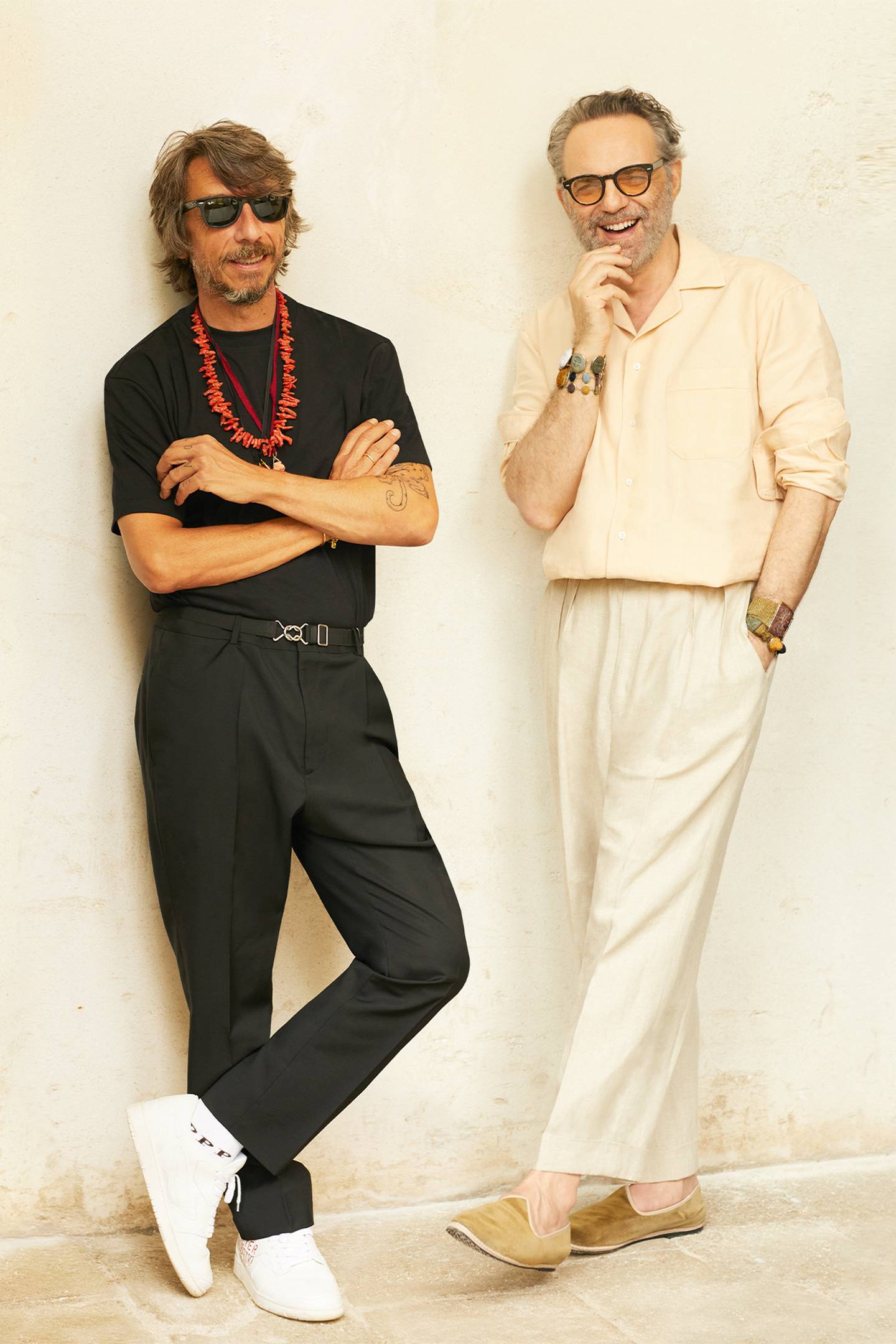
In its comments on the deal, Kering namechecked Venturini’s work to elevate the brand. But while Piccioli is a towering figure in the fashion world, his name was notably absent during Kering’s two-hour investor Q&A (which included just one reference to Valentino’s “recognised creative direction”).
The brand’s next chapter is not without creative challenges. Memorable Piccioli moments like Lady Gaga winning her Golden Globe for “A Star Is Born” in periwinkle crepe couture represent the kind of visibility most brands can only dream of in the social media age. Same goes for July’s haute couture show at the Chateau de Chantilly, where feather-light silk gowns wisped in the summer breeze and pops of chartreuse, seafoam, ivory and cantaloupe put the house’s innovative colour work on display.
But coming up with desirable products at a broad range of price points, which persuade a bigger chunk of the brand’s audience to buy into the dream, continues to be a sticking point in Piccioli’s tenure. Many “stan,” but don’t spend.
What’s in It for Mayhoola?
Mayhoola for Investments — a fund backed by the Qatari royal family and managed by Egyptian businessman Rachid Mohamed Rachid — has been at a crossroads for years.
The fund’s last major fashion acquisition was Balmain in 2016. Both Balmain and Valentino enjoy stable, tenured creative directors and seem to have an edge with the Middle Eastern market in part through the fund’s connections (the Qatari sovereign wealth fund owns Harrods, and its capital Doha has risen sharply as a shopping destination).
Mayhoola’s shareholders don’t need the money. But in a rapidly consolidating sector, taking its brands to the next level will be easier with the support of a bigger group. Real estate, talent acquisition and retention, supply chain agreements, media buying, and back-end digital tools are all ways this tie-up could fuel faster growth and higher margins.
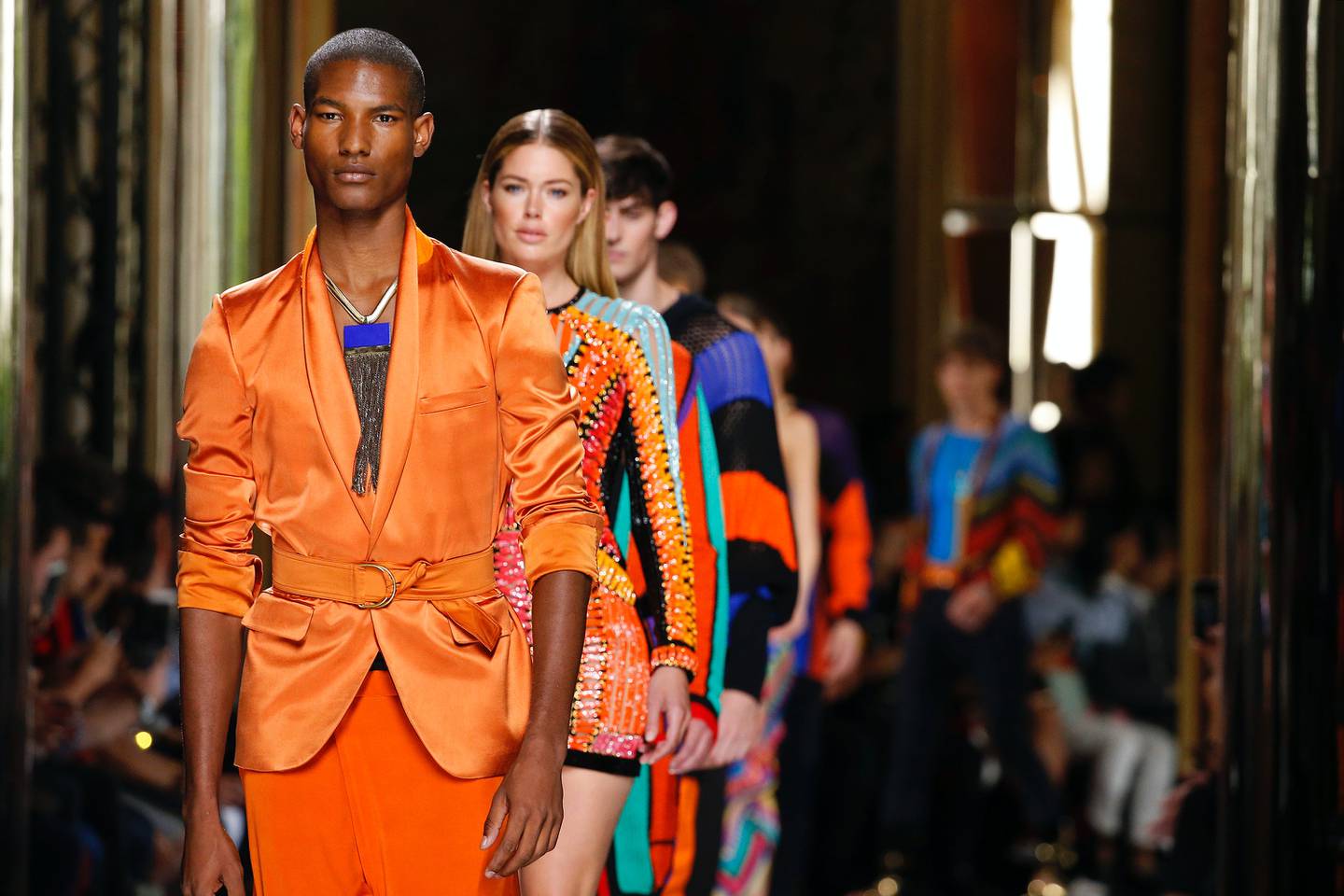
What Could Kering’s Future With Mayhoola Look Like?
Kering chairman François-Henri Pinault described the Valentino stake as a “first step” in its partnership with Mayhoola, with further opportunities on the table. Balmain, too, could stand to benefit from the group’s support should the parties opt for closer links.
Ultimately, Mayhoola could end up becoming an investor in Kering if the company takesfull control of Valentino, with a share swap being one way such a deal could be funded.
Bringing on an outside partner could bolster governance and ease Pinault’s eventual succession: The billionaire remains an energetic 61 year-old with little pressure to retire. Still, no other family members are currently involved in running the business. Kering’s move last week to name two deputy CEOs — Saint Laurent chief Francesca Bellettini and longtime CFO Jean-Marc Duplaix — could be a first step in a transition to less direct involvement and more outside support.
Will the Pinaults ever sell? Sources say that even if Kering might need to take additional steps to make room for Mayhoola in its shareholding (one advisor suggested the company could buy existing shares from the open market then use them to pay for Valentino), the family is firmly opposed to reducing their own stake. The company also pledged not to dilute the value of existing shares.
How Will the Deal Impact the Wider Fashion Landscape?
While the deal opens new opportunities for Kering, it doesn’t fundamentally change its position in the market or challenge LVMH’s expanding grip on the luxury sector: While a stake in a world-famous, €1.4 billion per-year business like Valentino is nothing to be sniffed at, it won’t do much to reduce the group’s dependence on €10 billion per-year Gucci. Nor will the deal bring the group much closer to catching up with LVMH, which is targeting €50 billion in fashion sales mid-term.
Still, a tie-up between Kering and Mayhoola could mutually boost access to talent, real estate, suppliers and more. The Valentino deal also comes on the heels of strong financial performance at independent players like Prada, Zegna and Hermès — signs that even in the rapidly consolidating fashion sector, a “winner takes all” scenario remains a long way off.
THE NEWS IN BRIEF
FASHION, BUSINESS AND THE ECONOMY

Richemont takes controlling stake in Gianvito Rossi. The acquisition of the Italian shoe maker will have no material impact on Richemont’s financial results this year. Gianvito Rossi, founder, chief executive and creative director of his namesake brand, will keep a stake in the company and continue to work with the brand after the deal’s closing.
LVMH inks blockbuster Olympics deal. The Louis Vuitton owner and its brands, for an unconfirmed amount, entered a deal in which the conglomerate’s brands will be a “premium” partner throughout the events with Louis Vuitton, Dior and Berluti producing uniforms for athletes, while division Möet Hennessy will sponsor and supply champagne. High jewellery label Chaumet will produce the competition’s medals.
LVMH’s latest earnings shows China rebound offsetting weakening US demand. Sales of fashion and leather goods grew 21 percent in the first half to reach €21.2 billion ($23.4 billion), in line with analyst expectations. Group sales for the first half rose 17 percent year on year to €42.2 billion. After consecutive quarters of LVMH beating forecasts, the figures suggest the explosive growth luxury’s strongest players experienced post-pandemic is beginning to temper.
Hermès sales surge 27.5 percent, defying luxury slowdown. Sales at Hermès accelerated in the second quarter, reaching €3.32 billion ($3.65 billion) and showing the resilience of global demand for the group’s high-end leather goods despite a clouded economic backdrop.
Soaring Miu Miu sales help boost Prada Group. Like-for-like retail sales at Miu Miu soared 50 percent year on year, supported by the brand’s high exposure in Asia where Chinese spending is rebounding strongly. Prada Group’s first-half revenues of €2.2 billion rose 20 percent year-on-year, slightly missing analyst estimates.
Moncler reports record sales as demand in China bounces back. Moncler SpA saw sales jump 24 percent in the first half of the year, beating consensus estimates and exceeding the €1 billion mark for the first time.
Puma highlights ‘volatile’ demand after a rise in second-quarter sales. At €2.12 billion ($2.34 billion), its second-quarter sales grew by 11 percent, slightly ahead of market expectations thanks to stronger revenues from Asia and Europe.
Adidas swamped with $565 million in orders for unsold Yeezy shoes. The German company received orders worth more than €508 million ($565 million) for 4 million pairs of unsold Yeezy shoes, better than its “most optimistic forecast,” the Financial Times reported.
Adidas improves earnings guidance after selling some Yeezy shoes. Adidas AG improved its guidance for the year after starting to sell its inventory of Yeezy sneakers from a cancelled partnership with the rapper and designer Kanye West.
Ermenegildo Zegna sidesteps luxury’s US slowdown. Group sales are bucking luxury’s North American slowdown. The company’s US revenue hit €157 million ($173) in the first half of 2023, up 26 percent from a year earlier at constant exchange rates, boosted by the acquisition of the Tom Ford fashion business, as well as growth at Zegna and Thom Browne.
UK’s Frasers Group sees more profit growth this year. The retailer expects profit to rise between 5 percent and 15 percent this year as its biggest brand, Sports Direct, benefits from a partnership with Nike and shoppers keep spending despite economic headwinds.
Phoebe Philo is one step closer to launch. The star designer’s new namesake label, which is set to debut digitally in September, began registering customers at phobephilo.com, fuelling anticipation among her fanbase of “Philophiles.”
Karoline Vitto to show at Milan Fashion Week, supported by Dolce & Gabbana. Brazilian designer Karoline Vitto is the newest designer to take part in “Supported by Dolce&Gabbana,” a programme by the Italian fashion brand created to champion emerging talent. Past participants include Miss Sohee, Matty Bovan, Tomo Koizumi.
Peter Do’s Helmut Lang is set to open New York Fashion Week. Also on the week’s preliminary schedule are Ralph Lauren, Jonathan Cohen and 3.1 Phillip Lim will return.
THE BUSINESS OF BEAUTY
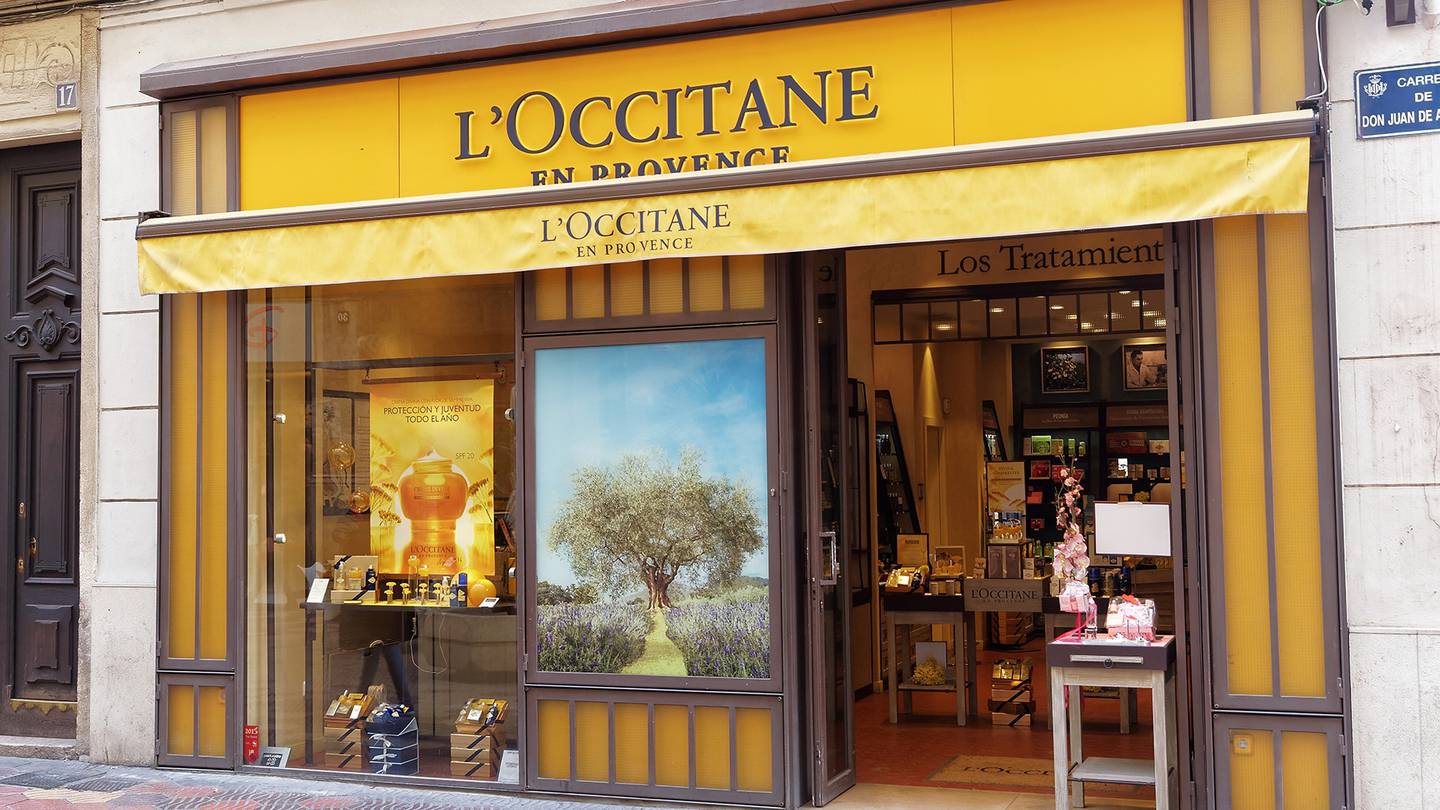
Hong Kong-listed L’Occitane may be taken private. L’Occitane International SA’s controlling shareholder, billionaire Reinold Geiger, is considering a buyout of $4 billion beauty firm, people with knowledge of the matter said.
Unilever shares gain on resilient demand as inflation cools. Unilever Plc shares advanced as the maker of Dove soap moderated price increases on personal care and beauty products, leading to a rebound in purchases by shoppers.
L’Oréal upbeat on China despite the market’s softer rebound. Second-quarter sales at the French cosmetics giant L’Oréal slightly beat expectations, as a rebound in China helped offset slower growth in the US, where the rising cost of living is prompting shoppers to tighten their purse strings.
PEOPLE
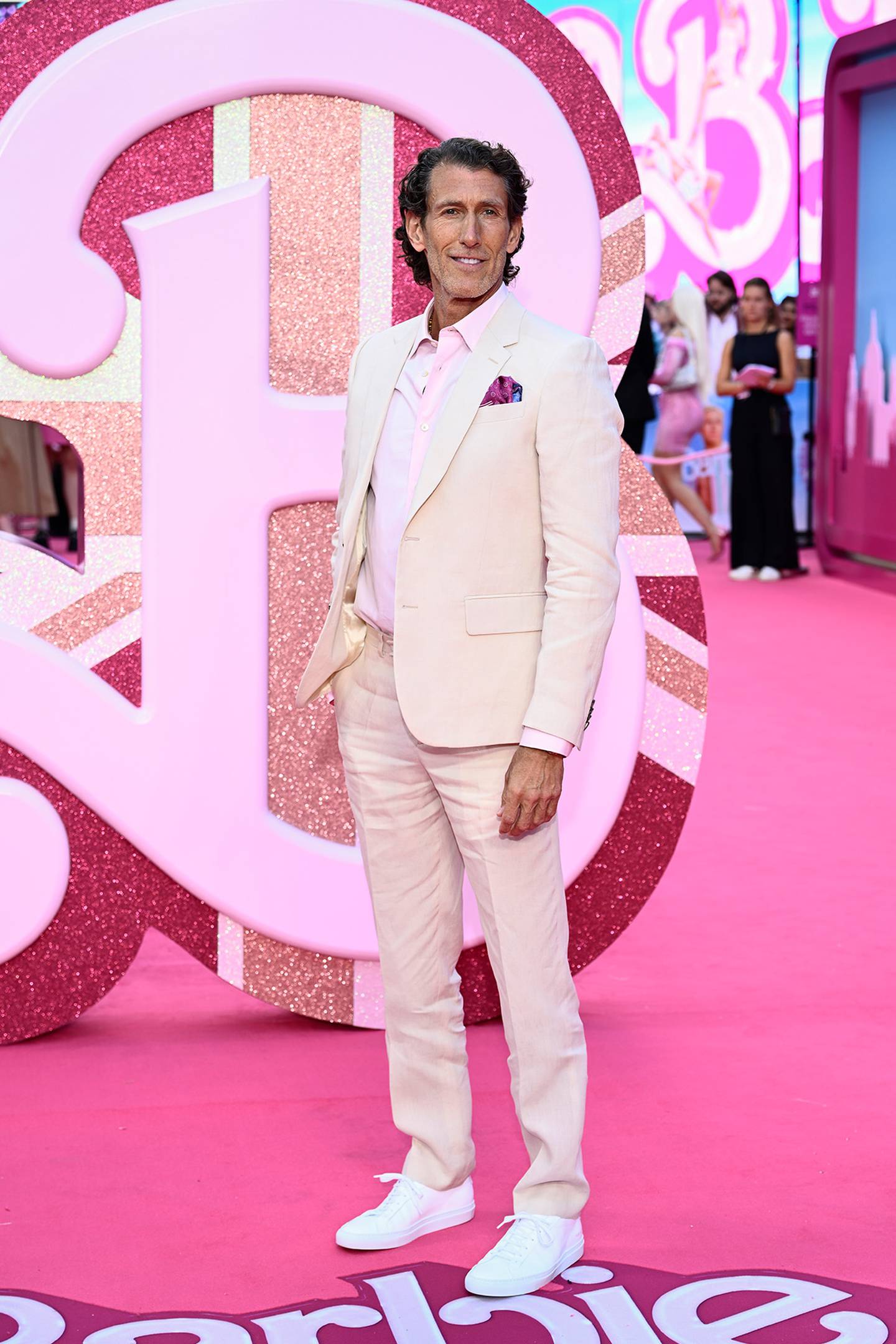
Gap Inc. taps Barbie mastermind as new CEO. Former Mattel’s COO Richard Dickson is regarded as the architect behind Barbie’s sensational comeback, and struggling Gap recently tapped Dickson for CEO to help the brand rebound. Meanwhile, the company also named Chris Blakeslee as the new president and CEO of Athleta, joining the company Aug. 7, joining from sister companies Alo Yoga and Bella+Canvas.
Kering names new CFO Armelle Poulou amid a broader shakeup at the luxury giant.
Savile Row tailor Edward Sexton has died. Edward Sexton, who was a British Savile Row tailor, fashion designer and manufacturing consultant, died on Wednesday. He was 80-years-old.
MEDIA AND TECHNOLOGY

Walmart partners with a fashion tech start-up to pilot carbon-captured textiles. The retail giant is partnering with Rubi Laboratories to experiment with turning carbon emissions into textiles.
Byronesque relaunches following fundraise. The relaunch comes as the company raises £350,000 in funding led by entrepreneur Carmen Busquets and Indigital co-founder Matthew Pollock.
New York Magazine launches e-commerce. The magazine, the latest Vox Media company to launch a retail platform, will sell branded merchandise online.
TheWrap taps Stefano Tonchi as executive editor of TheWrapBook. TheWrap, a website that covers the media and entertainment industries, has appointed the fashion publishing veteran as executive editor of TheWrapBook, a forthcoming biannual coffee table book focussed on fashion in Hollywood, and a consulting style editor for TheWrap.
March 2024 issue of British Vogue to be Edward Enninful’s last. The British Vogue editor-in-chief confirmed via a post on the magazine’s Instagram account that March will mark his last issue at the helm of the publication.
Compiled by Sarah Elson.

